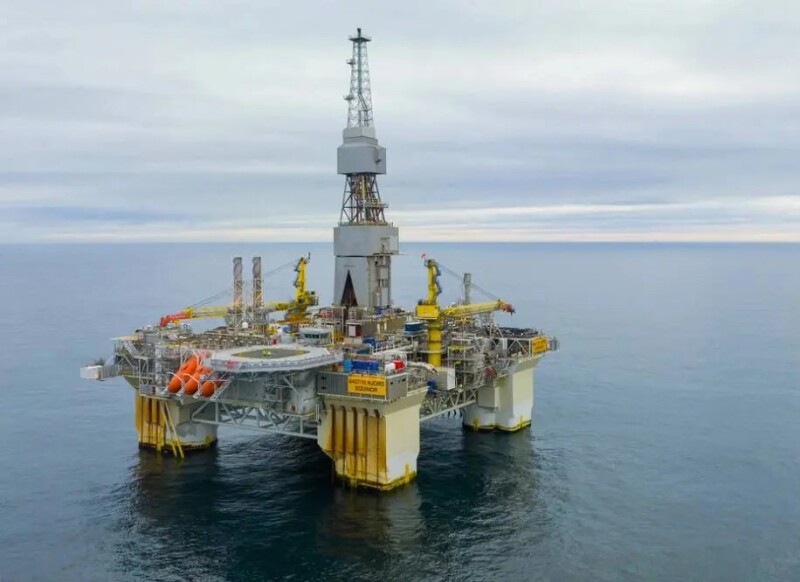Norway’s Minister of Petroleum and Energy Terje Aasland officially reopened Equinor’s Njord field in the Norwegian North Sea on 15 May after a half-decade of extensive upgrades to the platform and the floating storage and offloading vessel (FSO).
The field started production in 1997 and was originally expected to produce until 2013. However, systematic work with increased recovery means that there are still large volumes of oil and gas left. New discoveries in the area can also be produced and exported via Njord.
In 2016, the platform and FSO were disconnected from the field and towed to shore for upgrade work. On 27 December 2022, production resumed from the Njord field.
“This is the first time a platform and an FSO have been disconnected from the field, upgraded, and towed back offshore. We have now doubled the field life,” said Grete B. Haaland, Equinor’s senior vice president for exploration and production north. “It has been a big and demanding job, partly carried out during a pandemic, and I would like to thank everyone involved in preparing Njord for continuing its supply of oil and gas to the market. With the prices we anticipate in the coming years, this comprehensive upgrading project will be repaid in just under 2 years after startup.”
Equinor believes the work will not only double the field life, but could double production and produce around the same volume from the field as it has produced so far, around 250 million BOE.
Ten new wells will be drilled on Njord from an upgraded drilling facility and more exploration will be carried out close to the field.
In addition, two new subsea fields have already been tied back to Njord. On 8 April, the Equinor-operated Bauge field started production, while the Fenja subsea field, operated by Njord partner Neptune Energy, came on stream on 27 April. Recoverable volumes from the two fields combined are 110 million BOE.
Plans call for future partial electrification of the Njord field based on power from shore via the Norwegian Sea Draugen platform, thereby reducing annual CO2 emissions by around 130,000 tonnes.

